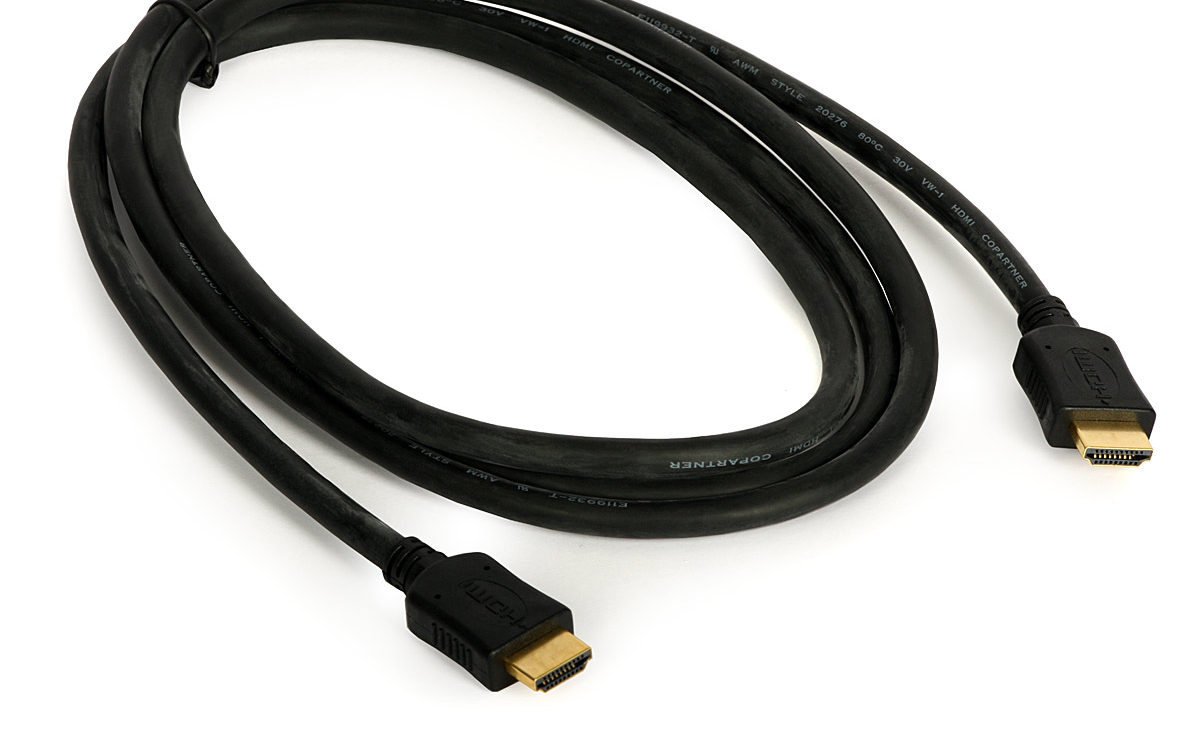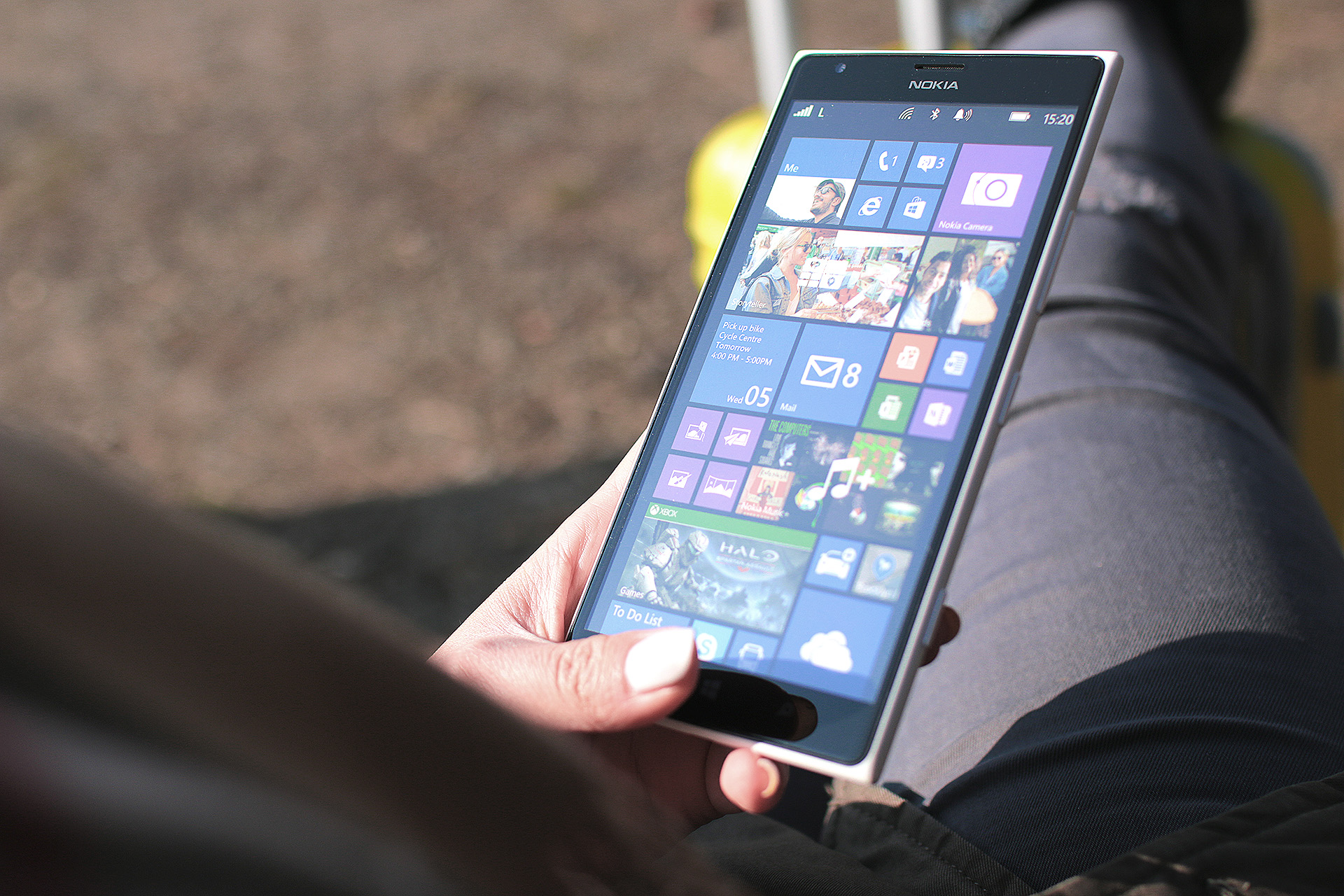Like lions and hyenas or dogs and postal workers, IT managers and cables are eternal enemies. And yet despite their mutual inborn animosity, these two foes have somehow learned to co-exist semi-peacefully. Apart from the occasional skirmish during the first 10 minutes of most business meetings, neither side aggressively intrudes on the other’s territory. Borders are respected, and tensions (while high) never reach the point where all-out war becomes inevitable.
But now that wireless presentation technology exists, IT managers finally have the upper hand. By implementing it at your workplace, HDMI, VGA, and DVI cords can all be disposed of in one fell swoop, Red Wedding-style. If any user can walk into a conference room and present wirelessly in 1 second, then cables and adapters lose the source of their political power. Without popular support or special interest groups to back them up, they can be safely tossed in the garbage without any significant repercussions.
It may be a sad, undignified death, but don’t weep for the cables. Here are 6 reasons why banishing cables from your conference room is the best thing that could possibly happen to them.
1. Cables Turn IT Team Into VGA Delivery Team
Your IT team didn’t get their degrees in computer science just to help end users connect their laptops to TVs. And yet every time an end user encounters a cable connectivity issue, IT has to rush to the conference room with a handful of VGA adapters to help them out.
While this may have a positive impact on your IT team’s cardiovascular health, overall it’s a waste of their time. Switching to a wireless presentation system can help your IT team reduce the number of pointless errands they have to perform so they can focus on things that matter, like stopping Russian hackers from installing ransomware on your system and extorting you out of $10,000 worth of Bitcoins.
2.Cables Provide Bad Employee Experience in Meeting Rooms
If your end users had to solve a Sudoku puzzle every time they wanted to send an e-mail, they would likely go insane within one month. And yet by offering them a wide array of almost identical-looking video outputs to pick from prior to each presentation, this is exactly what you are subjecting them to in the conference room.
Switching to a wireless presentation solution will instantly eliminate this problem and restore worker productivity/sanity. Your end users and upper management will both thank you for it.
3. Cables Prevent Conference Room Cloud Migration
According to NASCIO, cloud migration is the second top CIO priority of 2016, right behind security/risk management and ahead of consolidation/optimization. You’ve probably already sent e-mail, ERP, and HRIS to the cloud…why not send your conference room to the cloud as well?
4. Different Cables Interfere With Meeting Room Standard
If Conference Room A relies on HDMI wires, Conference Room B relies on VGA, and Conference Room C relies on Apple TV, you’ve got a recipe for confusion on your hands. Having a central dashboard that can monitor all the meeting rooms will help simplify your business and make meetings easier for everybody.
5. Cables Hinder IoT Implementation
Your business has already gotten rid of its Rolodexes, typewriters, tape recorders, and pneumatic tubes, and replaced them with devices that can connect to the Internet. Ten years from now, your HDMI cords will be just as obsolete as any of these items. Better get rid of them soon or risk becoming known as “that company that still used HDMI cords in 2020.”
6. Bad Meeting Room Experience Undervalues IT
IT already gets the blame for everything. Every time a printer runs out of ink, every time a piece of toast gets burned, every time an end user puts their laptop too close to a magnet, IT takes the rap. By switching to a simple, reliable piece of technology in the conference room that any child can use, you can help restore IT’s reputation.
ADDITIONAL READING
7 Must-Have Video Inputs For Your Conference Table Connectivity Box
Top 10 Conference Room Cable Management Fails of 2016
Conference Room Cable Management Checklist


